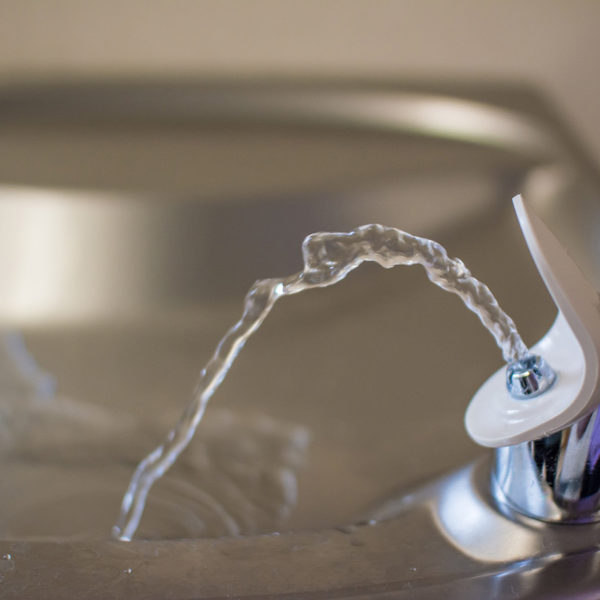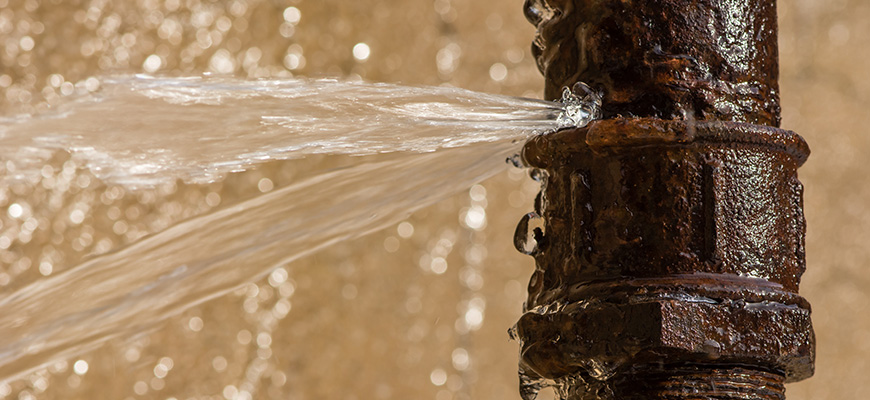If you’ve ever tried to take a shower or wash dishes only to find that the water pressure is weak or non-existent, you know how frustrating it can be. It is a common problem that affects many households, but the causes can be a mystery to most of us. In this article, we’ll unlock the mystery behind low water pressure in your home plumbing and provide you with some tips on how to fix it. We’ll explore the different factors that can contribute to low water pressure, including clogged pipes, leaky faucets, and faulty regulators. With this knowledge, you’ll be equipped to identify and solve the problem, restoring it to its full potential. So, let’s dive in and unlock the mystery of low water pressure in your home plumbing!
Common causes
Low water pressure can be caused by a variety of factors. Some of the most common causes include clogged pipes, leaky faucets, and faulty pressure regulators. Understanding the underlying cause of low water pressure is essential to fixing the problem.
Clogged pipes are a common cause of low water pressure. Over time, sediment, minerals, and other debris can build up in your pipes, reducing the flow of water. This can happen in both hot and cold water pipes. If you suspect that your pipes are clogged, you may need to have them professionally cleaned or replaced.
Another common cause is leaky faucets. A leaky faucet can waste a significant amount of water throughout your home. If you have a leaky faucet, you’ll need to repair or replace it.
Faulty regulators can also contribute to low water pressure. A pressure regulator is a device that controls the flow into your home. If it’s not working correctly, it can lead to low water pressure. If you suspect that your pressure regulator is faulty, you may need to have it replaced.
Water pressure regulator and its role
A regulator is a device that controls the flow of water into your home. It’s typically installed near the main water supply line and helps to maintain a consistency throughout your home. If your regulator is not working correctly, it can lead to low water pressure. There are a few signs that your water pressure regulator may be faulty. These include low water pressure, water hammer, and high water pressure. If you’re experiencing any of these issues, you may need to have your pressure regulator replaced.
Replacing a regulator can be a tricky task that’s best left to professionals. It involves shutting off the water supply to your home, removing the old regulator, and installing a new one. If you’re not comfortable doing this yourself, be sure to call a licensed plumber.
Clogged pipes and fixtures as a cause
Clogged pipes and fixtures are a common cause. Over time, sediment, minerals, and other debris can build up in your pipes, reducing the flow of water. This can happen in both hot and cold water pipes.
If you suspect that your pipes or fixtures are clogged, there are a few things you can do to try to fix the problem. One of the simplest solutions is to use a plunger or drain snake to clear the clog. You can also try using a chemical drain cleaner, but be sure to read the instructions carefully and use the product as directed.
If these DIY solutions don’t work, you may need to have your pipes or fixtures professionally cleaned or replaced. A licensed plumber can help you determine the best course of action.
Leaking pipes and fittings
Leaking pipes and fittings can also contribute to low water pressure. A leaky pipe or fitting can waste a significant amount of water and reduce the flow of water throughout your home.
If you have a leaking pipe or fitting, you’ll need to have it repaired or replaced to restore your water pressure. This is another task that’s best left to professionals, as it can involve cutting and soldering pipes.
Corroded pipes and fixtures
Corroded pipes and fixtures can also lead to low water pressure. Corrosion can cause your pipes and fixtures to become weak and brittle, leading to leaks and reduced water flow.
If you suspect that your pipes or fixtures are corroded, you’ll need to have them replaced. This is another task that’s best left to professionals, as it can involve cutting and soldering pipes.
Water meter valve and its impact
The meter valve is another factor that can have an impact. This valve is typically located near the main water supply line and controls the flow of water into your home.
If the meter valve is not fully open, it can lead to low water pressure. To check if the valve is fully open, locate the valve and turn it counterclockwise as far as it will go. If it improves, the valve may have been partially closed.
How to fix?
Fixing low water pressure will depend on the underlying cause of the problem. If your pipes, fixtures, or pressure regulator are clogged, leaking, or faulty, you’ll need to have them repaired or replaced.
If your meter valve is not fully open, you can try turning it counterclockwise as far as it will go to see if that improves.
If you’re unsure of the cause of your low water pressure, it’s best to call a licensed plumber. They can diagnose the problem and recommend the best course of action.
Prevention tips
Prevention starts with regular maintenance of your plumbing system. Here are a few tips.
- Have your pipes and fixtures professionally cleaned or replaced as needed.
- Repair or replace leaky pipes and fittings as soon as possible.
- Have your pressure regulator checked regularly to ensure it’s working correctly.
- Keep an eye out for signs of corrosion and have corroded pipes and fixtures replaced.
Regular maintenance can help ensure that your plumbing system is working at its best.
Conclusion
Low water pressure can be a frustrating problem, but it doesn’t have to be a mystery. By understanding the common causes of low water pressure and how to fix them, you can restore your water pressure to its full potential. Remember to call a licensed plumber if you’re unsure of the underlying cause. With the right knowledge and maintenance, you can keep your plumbing system working at its best.
Click to Learn More!


